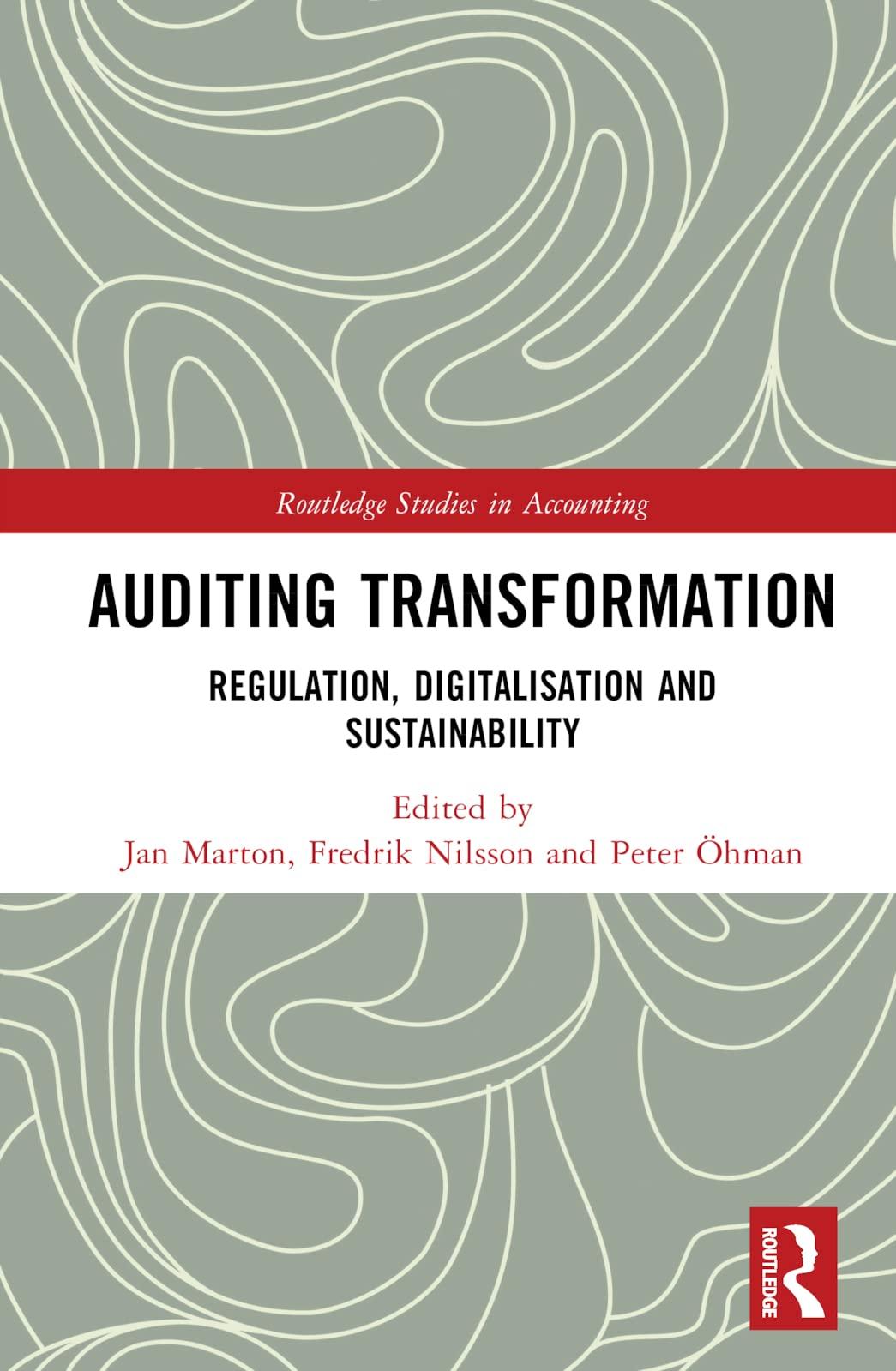Answered step by step
Verified Expert Solution
Question
1 Approved Answer
USE EXCEL TO GIVE ANSWERS IN THE BOXES LIKE SHOWN BELOW. THIS IS THE THIRD TIME I HAVE POSTED THIS QUESTION. USE EXCEL TO GIVE
USE EXCEL TO GIVE ANSWERS IN THE BOXES LIKE SHOWN BELOW. THIS IS THE THIRD TIME I HAVE POSTED THIS QUESTION.




USE EXCEL TO GIVE ANSWERS IN THE BOXES LIKE SHOWN ABOVE. THIS IS THE THIRD TIME I HAVE POSTED THIS QUESTION.
Yost received 300 NQOs (each option gives Yost the right to purchase 10 shares of Cutter Corporation stock for $27 per share). At the time he started working for Cutter Corporation three years ago, Cutter's stock price was $27 per share. Yost exercised all of his options when the share price was $54 per share. Two years after acquiring the shares, he sold them at $83 per share. Note: Input all amounts as positive values. Leave no answer blank. Enter zero if applicable. What are Yost's taxes due on the grant date, exercise date, and sale date, assuming his ordinary marginal rate is 35 percent and his long-term capital gains rate is 15 percent? What are Cutter Corporation's tax consequences (amount of deduction and tax savings from deduction) on the grant date, the exercise date, and the date Yost sold the shares? Assume that Yost's options were exercisable at $32 and expired after five years. If the stock only reached $30 during its high point during the five-year period, what are Yost's tax consequences on the grant date, the exercise date, and the date the shares are sold, assuming his ordinary marginal rate is 35 percent and his long-term capital gains rate is 15 percentStep by Step Solution
There are 3 Steps involved in it
Step: 1

Get Instant Access to Expert-Tailored Solutions
See step-by-step solutions with expert insights and AI powered tools for academic success
Step: 2

Step: 3

Ace Your Homework with AI
Get the answers you need in no time with our AI-driven, step-by-step assistance
Get Started


